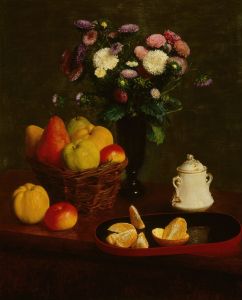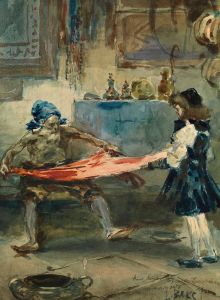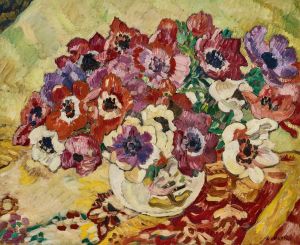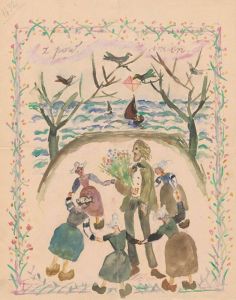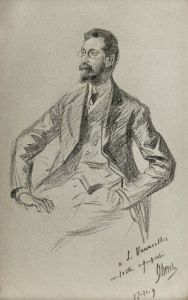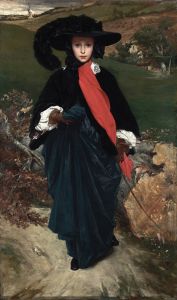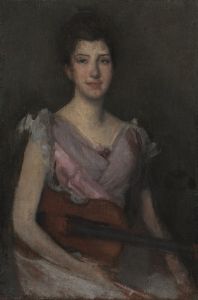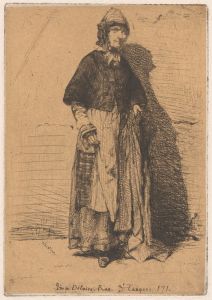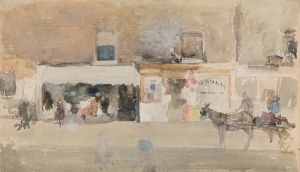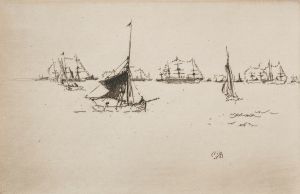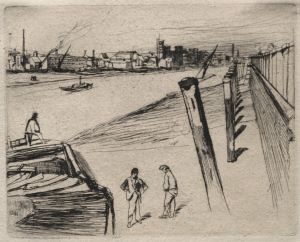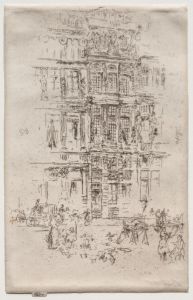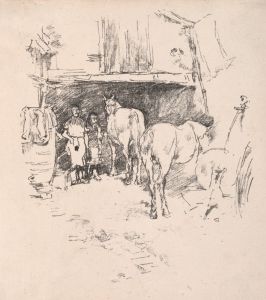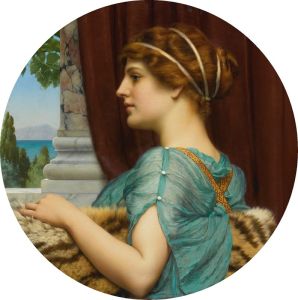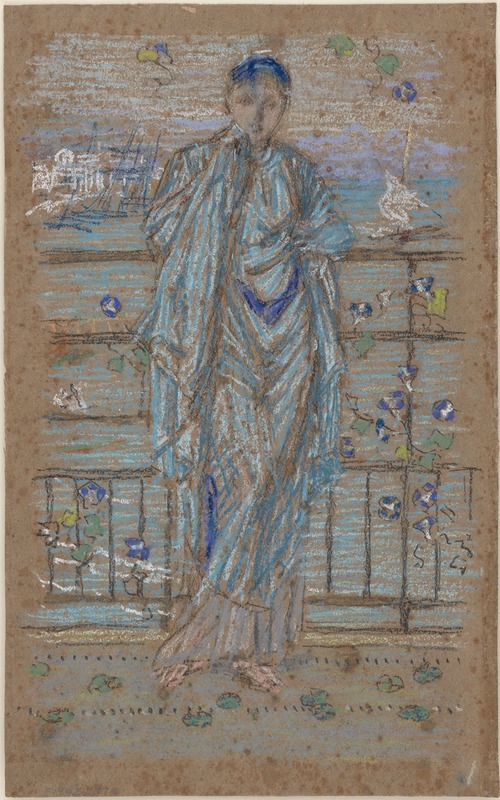
Morning Glories
A hand-painted replica of James Abbott McNeill Whistler’s masterpiece Morning Glories, meticulously crafted by professional artists to capture the true essence of the original. Each piece is created with museum-quality canvas and rare mineral pigments, carefully painted by experienced artists with delicate brushstrokes and rich, layered colors to perfectly recreate the texture of the original artwork. Unlike machine-printed reproductions, this hand-painted version brings the painting to life, infused with the artist’s emotions and skill in every stroke. Whether for personal collection or home decoration, it instantly elevates the artistic atmosphere of any space.
James Abbott McNeill Whistler was an American artist active during the late 19th century, known for his contributions to the Aesthetic Movement and his innovative approach to painting. One of his lesser-known works is "Morning Glories," which exemplifies his interest in capturing the beauty and simplicity of nature.
"Morning Glories" is a watercolor painting that reflects Whistler's fascination with the delicate and transient qualities of flowers. The painting features a cluster of morning glory flowers, rendered with a subtle and refined touch that is characteristic of Whistler's style. The use of watercolor allows for a soft, ethereal quality, capturing the gentle hues and intricate details of the flowers. Whistler's technique emphasizes the play of light and shadow, creating a sense of depth and dimension despite the simplicity of the subject matter.
Whistler's approach to "Morning Glories" aligns with his broader artistic philosophy, which prioritized harmony, balance, and the aesthetic experience over narrative content. This philosophy is evident in his famous assertion that "art should be independent of all claptrap – should stand alone and appeal to the artistic sense of eye or ear, without confounding this with emotions entirely foreign to it, as devotion, pity, love, patriotism, and the like." In "Morning Glories," Whistler's focus is on the visual and sensory experience, inviting viewers to appreciate the beauty of the natural world without the distraction of extraneous themes or messages.
The painting also reflects Whistler's interest in Japanese art, which was a significant influence on his work. The composition of "Morning Glories" demonstrates a sensitivity to line and form that is reminiscent of Japanese woodblock prints. This influence is further evident in Whistler's use of negative space and his emphasis on the elegance of the natural forms, both of which are hallmarks of Japanese aesthetics.
"Morning Glories" is part of Whistler's broader body of work that includes portraits, landscapes, and other floral studies. While not as widely recognized as some of his other pieces, such as "Arrangement in Grey and Black No. 1" (commonly known as "Whistler's Mother"), "Morning Glories" nonetheless exemplifies the artist's skill and his commitment to the principles of the Aesthetic Movement. The painting is a testament to Whistler's ability to find beauty in simplicity and to convey that beauty through his mastery of technique and form.
Today, Whistler's work, including "Morning Glories," is appreciated for its contribution to the development of modern art. His emphasis on aesthetic experience and his innovative use of composition and color have influenced generations of artists. "Morning Glories" remains a fine example of Whistler's artistic vision, capturing the ephemeral beauty of nature with grace and precision.





